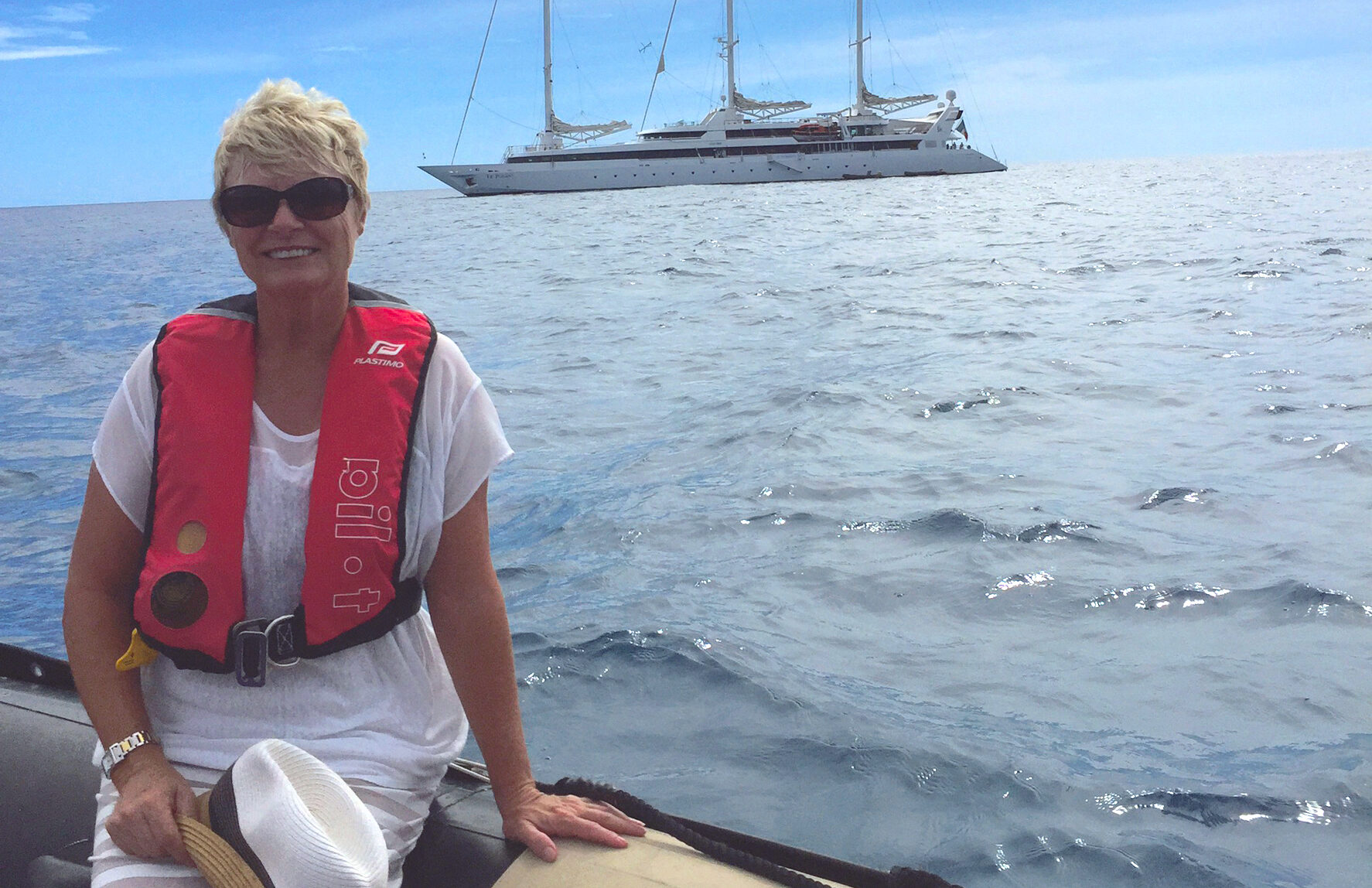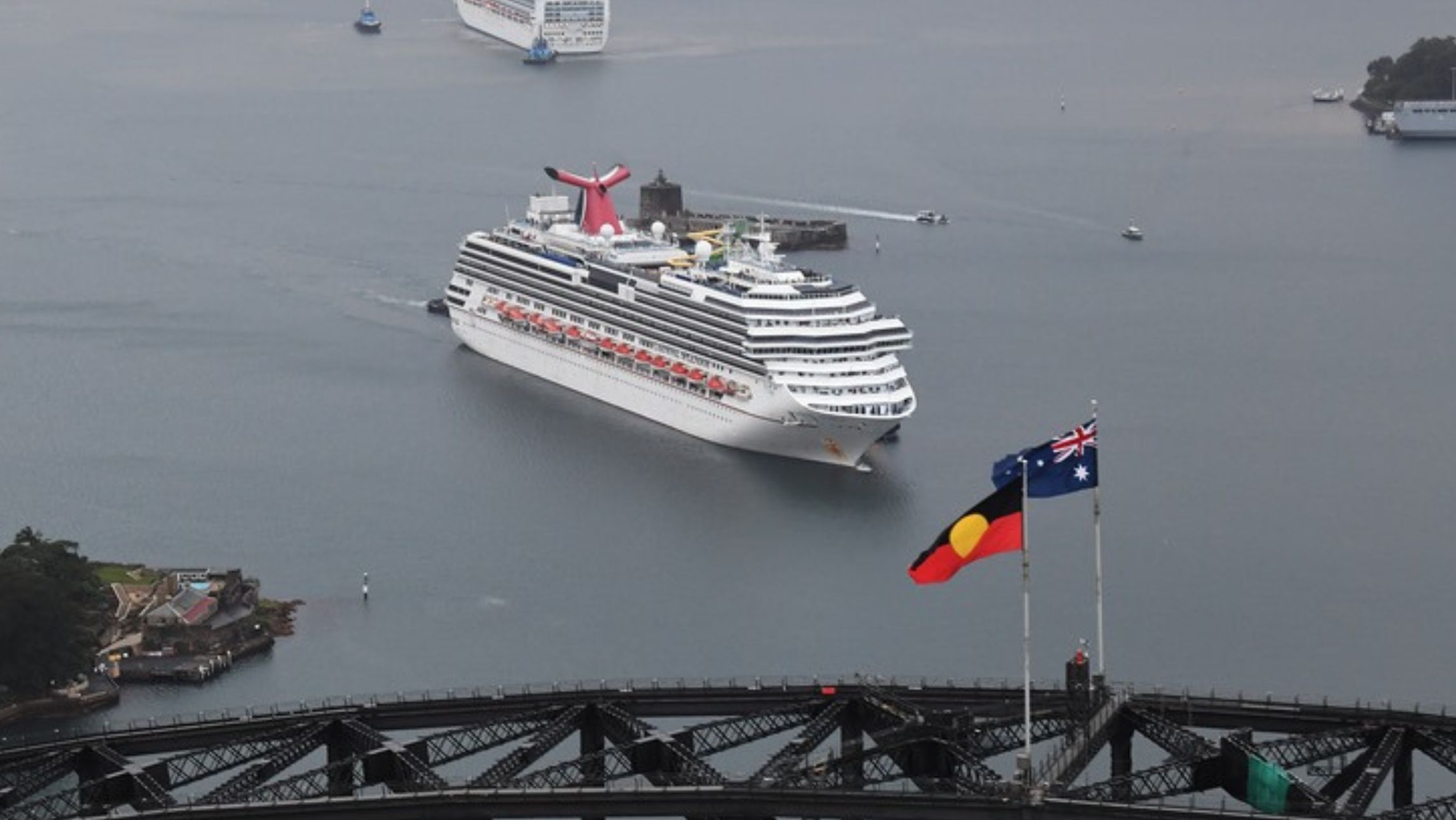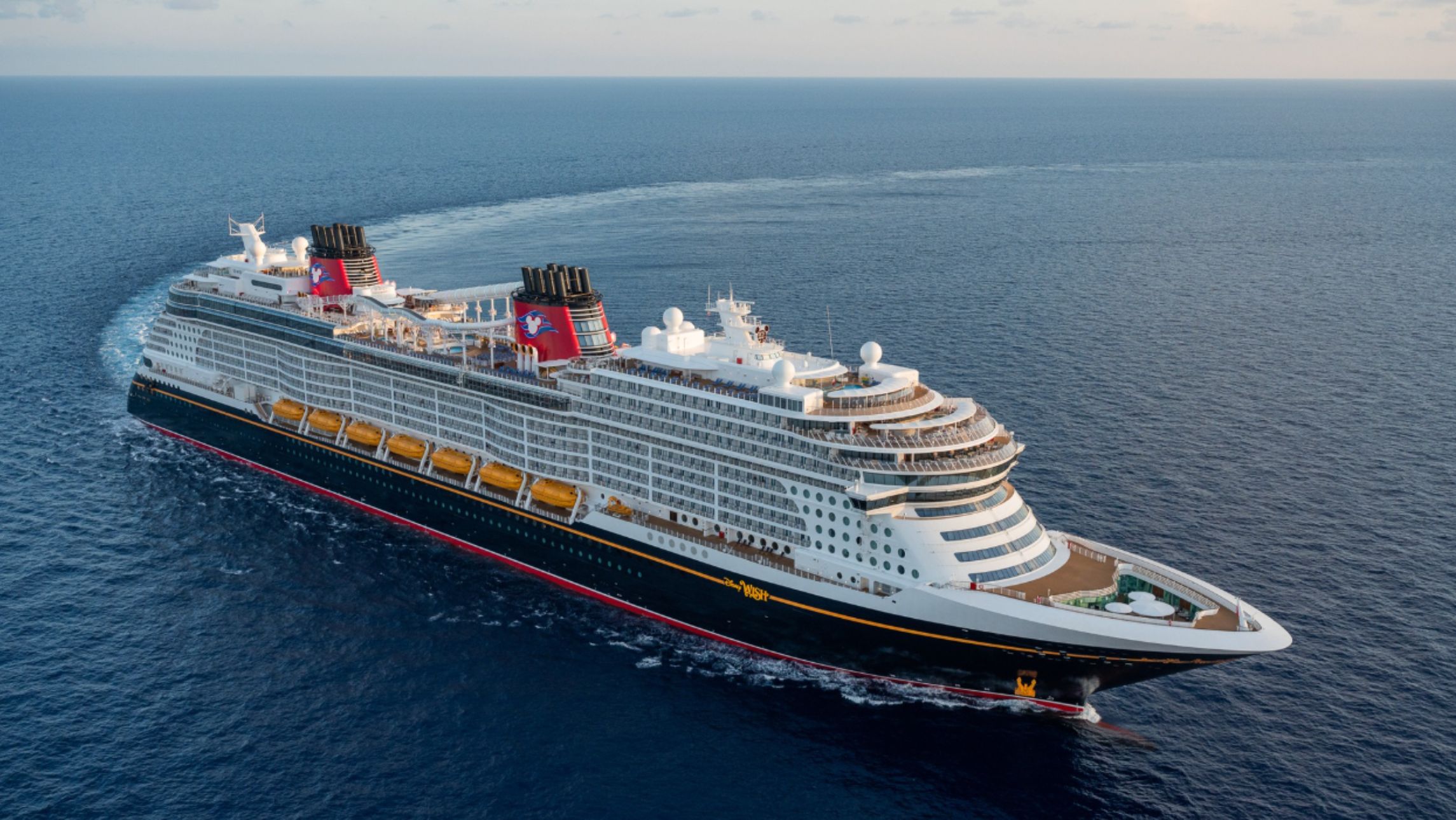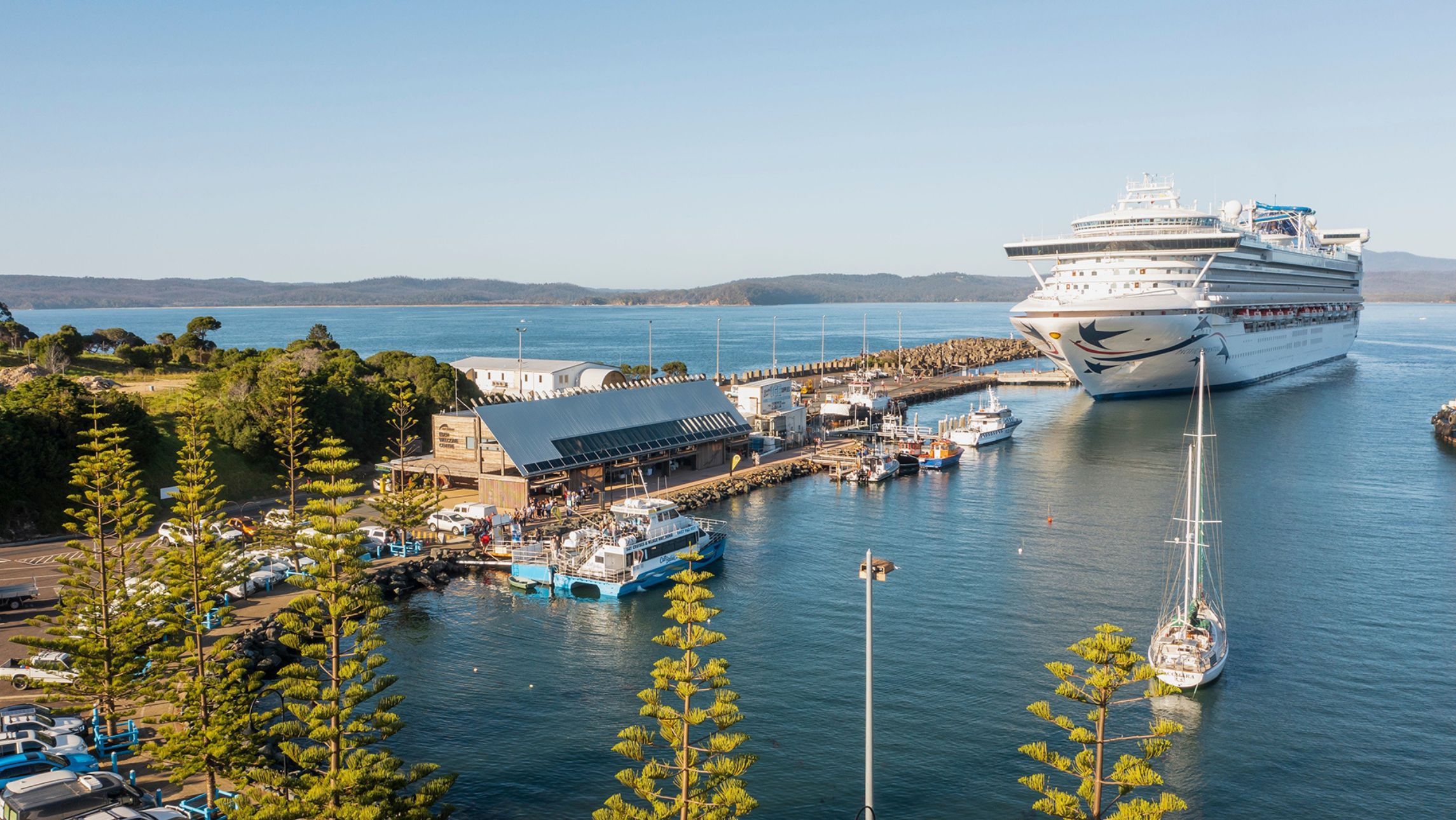Passengers and crew members sailing on ships that accommodate more than 250 people will have to undergo mandatory COVID-19 testing.
The Cruise Lines International Association and its member brands announced the plan this week as part of a multi-layer approach, which they hope will help the American Centers for Disease and Prevention Control, make the decision to allow ships to sail.
During a Seatrade Cruise Global Virtual conference, global chair and vice chairman of Royal Caribbean Cruises, Adam Goldstein said the move is one step closer to enhancing cruiser confidence back into the industry.
Lines like MSC Cruises, Costa and German brand TUI, which are currently sailing in Europe, have already taken the pre-emptive step to test guests at the cruise terminal.
“It doesn’t necessarily have to be at the port,” said Mr Goldstein.
“Crew and/or guests can embark the ship, but they must have a negative test result,” whether taken before they leave home or “whatever it may be.”
Global president of CLIA Kelly Craighead said in a statement that testing would take place before embarkation.
“CLIA ocean cruise line members worldwide have agreed to conduct 100 per cent testing of passengers and crew on all ships with a capacity to carry 250 or more persons — with a negative test required for any embarkation,” she said in a statement.
“This is a travel industry first and an example of the cruise industry leading the way. We see testing as an important initial step to a multi-layered approach that we believe validates the industry’s commitment to making health, safety, and the wellbeing of the passengers, the crew, and the communities we visit our top priority.”
Royal Caribbean’s chairman and CEO, Richard Fain told Royal Caribbean Blog that the company has included the mandatory testing as a recommendation from the Healthy Sail Panel.
“No other section of the travel industry, no other section does one hundred percent testing. In fact, no other industry in the world requires 100 percent testing. The closest anyone comes is the bubble that was organised to the NBA teams and that’s been so very successful,” he said.
“The improvement in America’s ability to test has been phenomenal. The capacity for traditional testing has grown exponentially, and we now regularly seeing more than a million tests performed in a single day. That’s unheard of.”
From an Australian perspective, CLIA has said they are currently working with state and federal government towards the resumption of cruising.
It has been slated that it’s likely intrastate cruises will be the most likely option.
Joel Katz, CLIA Managing Director of Australasia said: “Queensland is especially well positioned for domestic cruising, given low levels of COVID-19 and an extensive network of local ports and destinations. Under strict health measures, we see an excellent opportunity for Queensland cruising, initially for Queenslanders only.”
While it is currently too soon to say when international cruise will resume, Mr Katz can see the path ahead, starting domestically.
“This might mean short domestic cruise itineraries, for Australians only. This would help protect Australia while international borders remain closed. With health measures in place, cruises might operate on restricted intrastate or interstate itineraries. At the appropriate time, this could be extended to involve a trans-Tasman bubble or carefully managed operations in the South Pacific,” he said.









